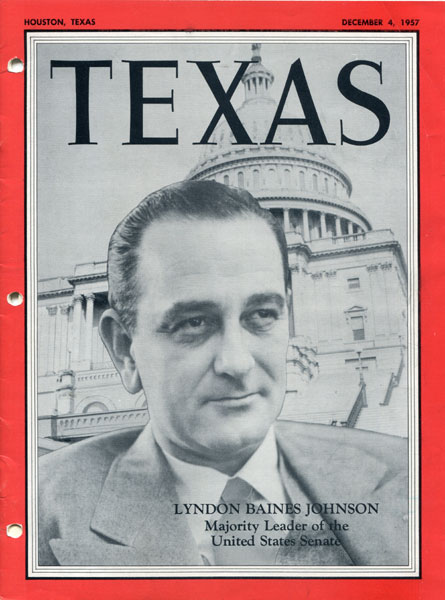Mortality in the US Senate over the past century

One reason we increasingly live in a gerontocracy, among several others, is that people just don’t die nearly as much as they used to. The ultimate mortality rate remains stubbornly at 100%, but annual age-adjusted mortality risk has plunged by enormous percentages over the course of the last century. This trend was briefly reversed by the Covid pandemic, but the latest CDC figures indicate that the long-term trend has once again reasserted itself.
Let’s look at these numbers. Here is the annual mortality risk for several age cohorts over time, both sexes, all races, per 100,000 population:
1930
45-54: 1,218 55-64: 2,403. 65-74: 5,137. 75-84: 11,269
1950
45-54: 854 55-64: 1,901 65-74: 4,104 75-84: 9,331
1970
45-54: 730. 55-64: 1,659. 65-74: 3,563. 75-84: 8,004
1990
45-54: 473. 55-64: 1,197. 65-74: 2,649. 75-84: 6,007
2010
45-54: 407. 55-64: 864. 65-74: 1,920. 75-84: 4,935
2023
45-54: 413. 55-64: 905. 65-74: 1,822. 75-84: 4,328
One thing people tend to badly underestimate is the extent to which improving life expectancy over the past century in this country — it has flattened out over the past 15 years, and we’re probably back now to just about where we were right before the pandemic — isn’t just a product of declining infant and child mortality, but also huge declines in mortality among the middle-aged and elderly. The numbers above really drive this latter point home.
Now to the Senate:
Demographics of Senate over the past century
1925-1934
Senate seats: 96
Median age of senators: 57.5 years
Senators who died in office: 26
Men/women ratio: 95.5/.5
Mortality risk associated with serving in the Senate over the course of this decade: 27.1%
1935-1944
Senate seats: 96
Median age of senators: 58.5 years
Senators who died in office: 26
Men/women ratio: 94.5/1.5
Mortality risk associated with serving in the Senate over the course of this decade: 27.1%
1945-1954
Senate seats: 96
Median age of senators: 56.5
Senators who died in office: 28
Men/women ratio: 95/1
Mortality risk associated with serving in the Senate over the course of this decade: 29.2%
1955-1964
Senate seats: 99
Median age of senators: 58
Senators who died in office: 16
Men/women ratio: 97.5/1.5
Mortality risk associated with serving in the Senate over the course of this decade: 16.2%
1965-1974
Senate seats: 100
Median age of senators: 56.5
Senators who died in office: 8
Men/women ratio: 98.75/1.25
Mortality risk associated with serving in the Senate over the course of this decade: 8%
1975-1984
Senate seats: 100
Median age of senators: 52.5
Senators who died in office: 6
Men/women ratio: 98.5/1.5
Mortality risk associated with serving in the Senate over the course of this decade: 6%
1985-1994
Senate seats: 100
Median age of senators: 56
Senators who died in office: 5
Men/women ratio: 97/3
Mortality risk associated with serving in the Senate over the course of this decade: 5%
1995-2004
Senate seats: 100
Median age of senators: 58
Senators who died in office: 3
Men to women ratio: 89/11
Mortality risk associated with serving in the Senate over the course of this decade: 3%
2005-2014
Senate seats: 100
Median age of senators: 61.6
Senators who died in office: 5
Men to women ratio: 83/17
Mortality risk associated with serving in the Senate over the course of this decade: 5%
2015-2024
Senate seats: 100
Median age of senators: 63.5
Senators who died in office: 2
Men to women ratio: 76.5/23.5
Mortality risk associated with serving in the Senate over the course of this decade: 2%
A few general observations:
The mid-century numbers are shockingly high to me at least. For instance between June 1953 and September 1954 the Senate was almost literally decimated, losing an average of one senator to death every seven weeks! (Nine deaths out of 96 total senators over a 15-month period).
Very little of the declining mortality risk can be attributed to the arrival of women senators starting in the 1980s. The number of women senators stayed very low until the last 15 or 20 years, and in the past decade one of the two senators who died in office was a woman (Feinstein. The other senator who died was McCain).
The age of senators changed very little between 1925 and 1975, declined noticeably for a decade, rose again quickly to the previous baseline, and has been climbing since, with the current Senate being by far the oldest in the nation’s history (the median age is now over 65).
It’s striking how great improvements in life expectancy between 1925 and 1955 had no visible effect on Senate mortality rates during these three decades. Since then, of course, the improvement among Senators as a class has been far greater than that of the general population.
I hope you can have some fun with these numbers.


